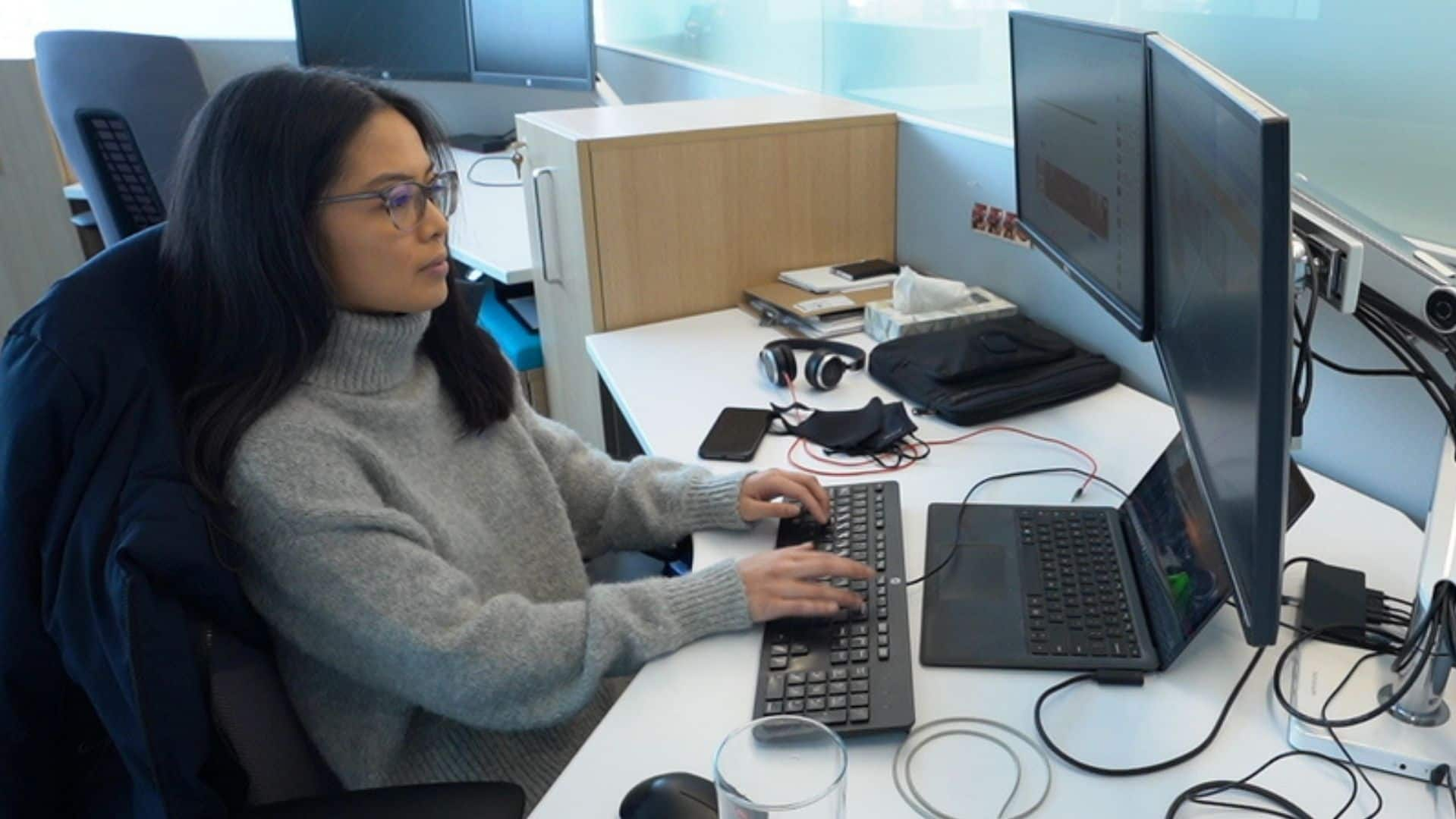Employees are returning to in-person work. Here’s how both sides can manoeuvre the big change | CBC News
The pandemic necessity of doing your job away from the workplace is ending as restrictions and mandates ease and employers refocus on getting people back to in-person work.
While employers can wind down temporary measures, they should also consider how the work environment has changed since COVID-19 took hold early in 2020, that flexible arrangements have proved to be possible, and how employees may feel about going back to in-person work, experts in Canada say.
“Employees have proven — at least in their own minds — that they are as productive, if not more productive, working from home,” said Janet Candido, a Toronto-based human resources (HR) consultant.
“So, that’s where the pushback is.”
Agreements are agreements
Nadia Zaman, an employment lawyer with Rudner Law in Markham, Ont., said she and her colleagues have fielded an increasing number of return-to-workplace questions in recent months.

“Employers can generally dictate whether the employee can work from home or must return to the office — whether fully or on a hybrid model — unless there was an agreement to the contrary,” Zaman said in an interview.
There are some exceptions, mostly limited to legitimate needs for accommodation or concrete concerns about safety.
But Zaman said “employees do not have the right to choose where they work unless they already had that right” prior to the pandemic.
A changing work world
The prolonged stretch of time employees have spent working at home is part of a wider context of change.
Matthew Fisher, an employment lawyer and partner at the Toronto-based Lecker & Associates, said many employees have learned “there can be a different way, that there can be flexibility, that there can be remote work.”
Nita Chhinzer, Associate Professor for human resources and business consulting at the University of Guelph and Matthew Fisher, employment lawyer at Lecker and Associates Law, join Canada Tonight’s host, Ginella Massa, to talk about how the pandemic caused work culture to shift and what the future of work might look like.
He predicts some employees will point to the success of alternative arrangements when employers ask them to get back to in-person work — and that may be part of eventual legal challenges alleging constructive dismissal, when an employee feels they’ve been forced to leave the job because of job requirements.
In an interview with CBC’s Canada Tonight, Fisher said employees can tell their bosses: “You have broken a very fundamental aspect of our employment relationship that I do the best I can, but I have a level of flexibility that I can work remotely.”
Zaman said it’s more likely that will happen as such arrangements continue, particularly if the employer has not clearly communicated that alternative working arrangements are temporary.
“One way that employers can make sure that they are protecting themselves … is to clearly communicate to employees that remote work is only continuing as an interim measure due to the pandemic and its after-effects, and that workers will be expected to return to the office at some point,” said Zaman.
Candido, founder and principal of an HR consulting group, said she advises clients to ensure this messaging gets repeated “a couple of times a year,” for the very reason Zaman outlined.
Persuasion can be helpful
Beyond any legal context, employers have reason to convey their plans to employees — if only to drive home the fact that change is coming, experts said.

Winny Shen, an associate professor of organization studies at York University’s Schulich School of Business in Toronto, recommends that organizations share with staff why workplace requirements are changing.
“I think sometimes organizations just say, ‘We want everyone back in the office,’ but they’re not very explicit on why … they feel it’s a compelling need or maybe who they really think needs to be back at the office.”
That communication also gives employees a chance to assess the information and possibly provide feedback, which could include employees highlighting “some of the things that the organization hasn’t thought of.”
Look to negotiation
Where there are divides between what employees want and what their employers demand, both sides should look at what’s possible under the circumstances, said Candido.
WATCH | Demand for flexibility, even in returning to the office:
With pandemic restrictions easing across Canada, companies are preparing to welcome employees back into the office. But many are pushing back and asking for flexible work arrangements, while others are looking forward to going into the office again.
“Don’t draw a line in the sand — just try and negotiate,” said Candido. For example, employees can bring up the idea of easing their way back into the workplace, she said, and employers should make a point of hearing them out.
“Employers shouldn’t dismiss employee concerns and probably won’t if they’re presented in more of a co-operative manner.”
Retaining staff is also a consideration when employers make long-term work-arrangement decisions, experts said.
David Kraichy, an assistant professor at the University of Saskatchewan’s Edwards School of Business, said employers who continue to offer flexible work plans may find it easier to recruit talent.
Employees who don’t agree with their current employer’s return-to-work plan “may have more of a desire to look elsewhere,” said Kraichy.
For all the latest business News Click Here



